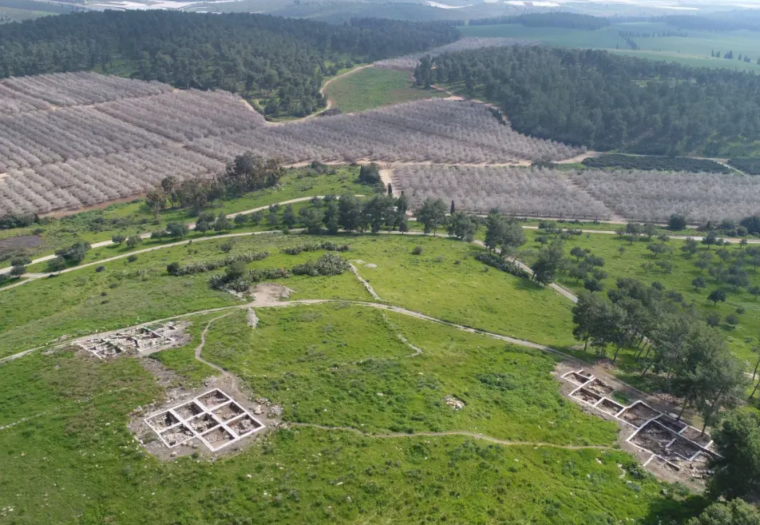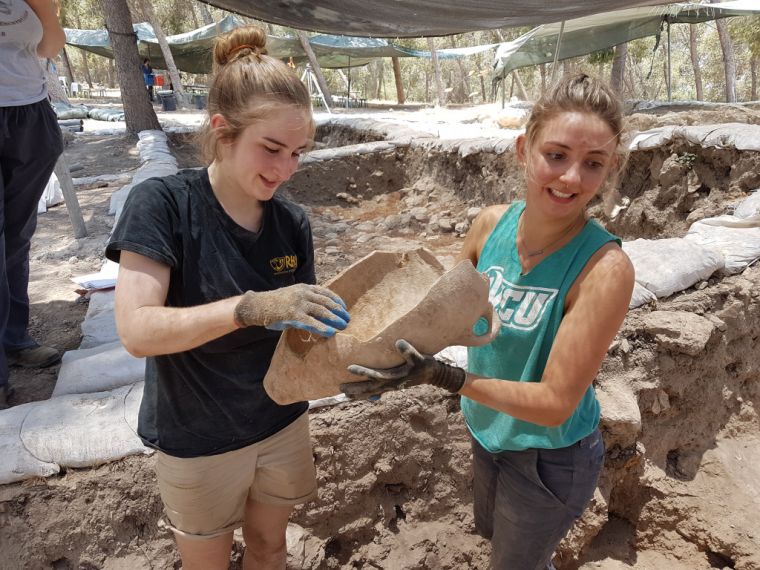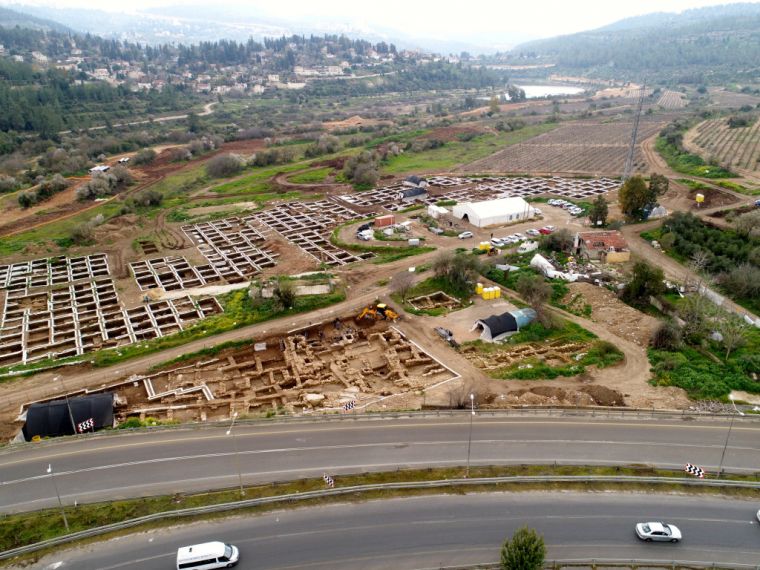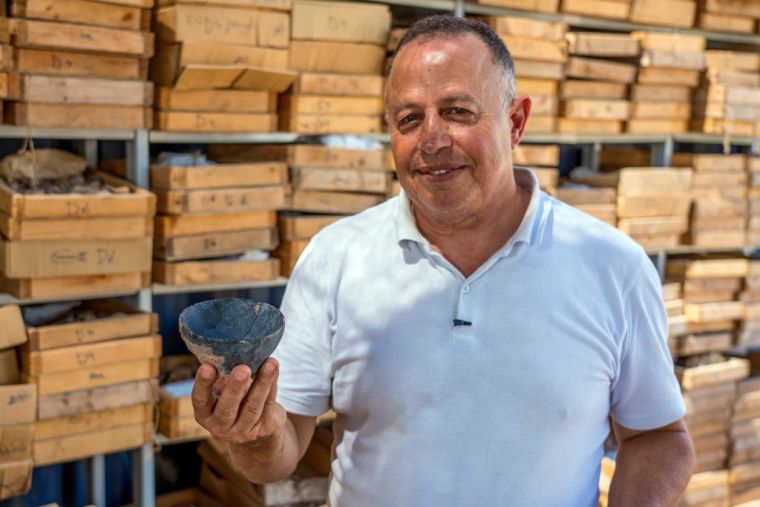Archaeologists discover location where David sought refuge from King Saul?

Biblical archaeologists say they have found the place where David hid as he fled from Saul.
The site discovered at Khirbet a-Ra'i, near the modern-day Israeli city of Kiryat Gat, is believed to be Ziklag, a Philistine settlement recorded in the Old Testament as being in the Negev region in the south-west of the Kingdom of Judah.
Dozens of complete pottery vessels as well as stone and metal tools have been found at the site dating back 3,000 years.
"We have found Biblical Ziklag," said researchers from the Hebrew University, the Israel Antiquities Authority and Macquarie University in Sydney.
They have been working at the site, located in the Judaean foothills, since 2015 and have excavated around 1,000m sq.
Several other sites have been proposed as Ziklag in the past, among them Tel Halif near Kibbutz Lahav, Tel Sera in the Western Negev, and Tel Sheva.

However, researchers at Khirbet a-Ra'i site say it is the first site to contain evidence of a Philistine settlement as well as a settlement from the era of King David, leading them to conclude that it is Ziklag.
Philistine-era findings from the site date from the 12th to 11th centuries BC and include spacious, massive stone structures typical of the Philistine civilization.
Archaeologists have found bowls and an oil lamp believed to have been deposited beneath the floors of buildings as an offering to bring good fortune in the construction process.

Close by, they found a rural settlement dating to the time of King David around the early 10th century BC that showed evidence of being destroyed in an intense fire.
Archaeologists have unearthed nearly a hundred complete pottery vessels identical to the sort found in the fortified Judaean city of Khirbet Qeiyafa—identified as biblical Sha'arayim—in the Judaean foothills.
The findings shed some light on day to day life at the time of King David, with many of the vessels being medium and large storage jars that were used for storing oil and wine. Jugs and bowls decorated in the style known as "red slipped and hand burnished" typical to the period of King David were also discovered.
This discovery coincides with that of a huge 9,000-year-old prehistoric settlement, described as the largest in Israel and one of the oldest in the world from the Neolithic period.
The site was discovered 5km west of Jerusalem, on the banks of the Sorek Stream, during work to widen the National Highway 1 road system at Motza.

Thousands of arrowheads, pieces of jewellery and figurines have been unearthed during the excavations.
Dr Hamoudi Khalaily and Dr Jacob Vardi, lead archaeologists with the Israeli Antiquities Authority, said: "This is the first time that such a large-scale settlement from the Neolithic Period – 9,000 years ago – is discovered in Israel.
"At least 2,000 – 3,000 residents lived here – an order of magnitude that parallels a present-day city."

Buildings discovered at the site include dwellings, but archaeologists have also uncovered public facilities, places of ritual, and burial sites.
"The exposure of the enormous site in Motza awakens extensive interest in the scientific world, changing what has been known about the Neolithic period in that area," said Dr Khalaily and Dr Vardi.
"So far, it was believed that the Judea area was empty, and that sites of that size existed only on the other bank of the Jordan river, or at the Northern Levant.
"Instead of an uninhabited area from that period, we have found a complex site, where varied economic means of subsistence existed, and all this only several dozens of centimeters below the surface."











